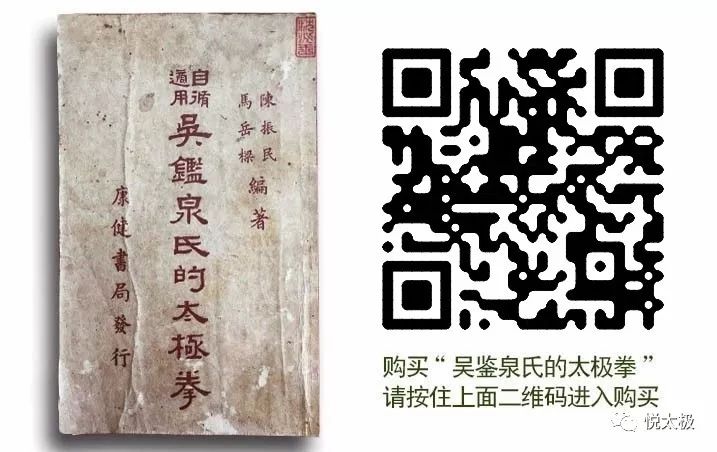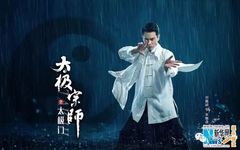
1. Tai Chi often does not provide immediate noticeable fitness effects, similar to slow walking or hiking, but this is not the case.
The reasons for this feeling are twofold:
First, the practice time is insufficient, meaning the exercise volume is inadequate. If one only practices the simplified Tai Chi three times a day, taking about 15 minutes, it may be suitable for those who are weak, but for the average person, it is too short. Generally, one should practice five to seven times, with a practice time of at least half an hour. Some advocate for an hour, not including chatting while standing. The appropriateness of the exercise volume should be based on self-feeling; one should feel mentally refreshed and physically relaxed after each practice.
Secondly, the practice is not strictly following the principles, leading to a lack of seriousness. Therefore, it is essential to practice Tai Chi with focus and dedication every day to see results.
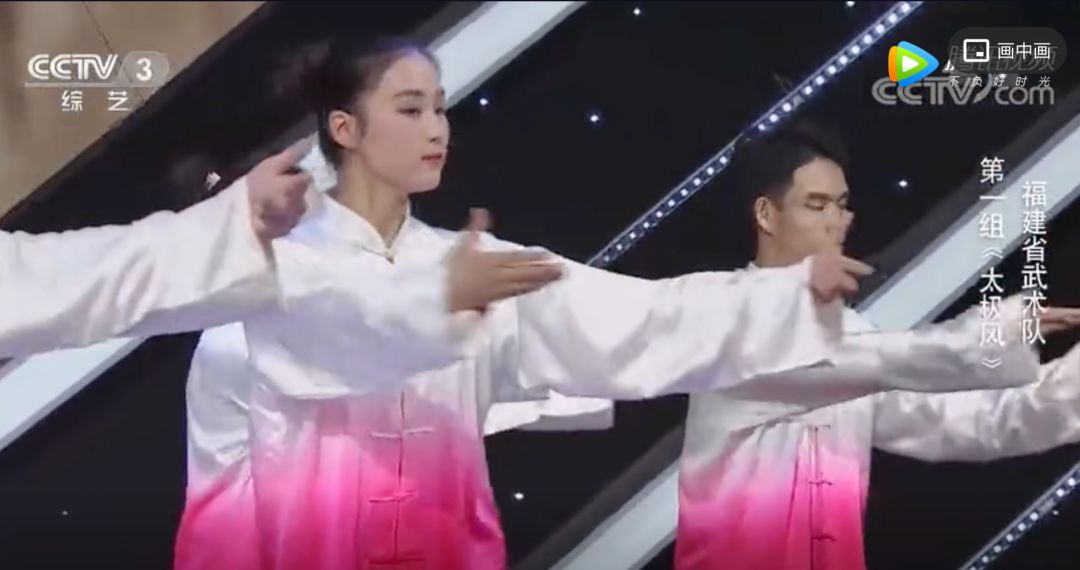
2. What direction should one focus on while practicing Tai Chi? We often learn a set of forms and practice them daily without a clear direction for improvement, not knowing how to strive for progress.The Tai Chi classics mention three stages: becoming familiar, understanding the energy, and achieving spiritual clarity. Tai Chi emphasizes three stages: practicing the body, practicing the energy, and practicing the spirit. Becoming familiar corresponds to practicing the body, understanding the energy corresponds to practicing the energy, and spiritual clarity corresponds to practicing the spirit. Generally, practitioners are between practicing the body and practicing the energy. Practicing the body involves achieving softness in the body; practicing the energy involves filling the internal energy. When one achieves internal energy and internal strength, the maximum fitness effect can be obtained. This is the direction we should strive for: to practice achieving a soft body with a certain level of internal energy and internal strength. There are many levels to experience within this.
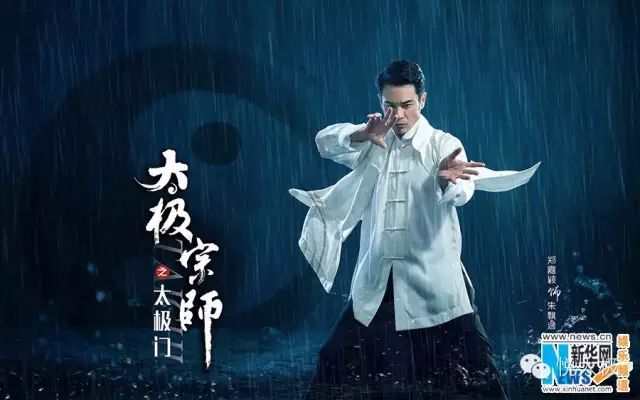
The process of practicing Tai Chi is one of continuous deepening, discovering and correcting mistakes.. Generally, one first learns a routine and corrects the postures (hands, eyes, body, and steps must be correct), then practices according to the principles: lightly, slowly, roundly, and evenly. Further, one should achieve coordination, continuity, roundness, and clarity between the solid and the void. As one deepens their practice, their understanding of the principles and requirements will deepen, and they will continuously discover their mistakes and correct them. At this time, one should consciously practice according to the principles, focusing on one principle at a time for a period (one to two months), mastering it before moving on to the next.
1. Zhongzheng Anshu (Centering and Comfort): Standing upright means the body is naturally straight, achieving a suspended head, tucked tailbone, and aligned shoulders and hips. The alignment of the shoulders and hips means that the line connecting the two shoulders and the line connecting the two hips must always remain in a vertical plane during movement, without twisting.
2. Distinguishing between the solid and the void: Both advancing and retreating must achieve a gradual transition from the empty foot to the solid foot, and vice versa. Sudden changes must be avoided; the gradual change of the center of gravity must be reflected slowly and evenly, with each part of the void and solid continuously transforming.
3. Upper and lower coordination: This means that the movements of the hands and feet must cooperate with each other, starting to move simultaneously and reaching the endpoint of each posture together. For example, in the Lou Xi Ao Bu (Embrace the Knee and Twist Step) posture, the forward push and downward embrace must be coordinated and reach their positions simultaneously; the leg must be in position while the hands are still embracing or pushing forward. One should practice the individual postures first, then pay attention to this coordination throughout the routine.
4. Using intention rather than force: This means using thought more and force less. Less force means lightness, which is the precursor to relaxation and a bridge to achieving relaxation. If the weight of the hands below the shoulders is 4 jin, then only a force slightly greater than 4 jin is needed to move the hands, and the same principle applies to moving the body and feet. Learning Tai Chi requires patience and meticulous exploration to practice with the least amount of force. The content of intention varies greatly; different stages have different contents. For example, practicing according to the principles during body practice is the content of intention. Learning Tai Chi mainly relies on the use of imagination. Additionally, understanding the application of each posture helps ensure correct posture during practice, not just in combat.
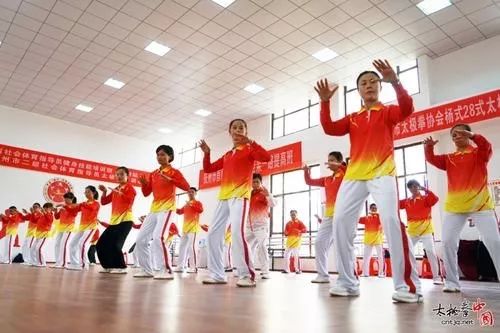
5. Once the movements are correct, one can begin to focus on using the waist.The waist should lead the limbs.Tai Chi requires the waist to move first, leading the limbs.
Using the waist can be experienced through postures with significant waist rotation, such as the Lou Xi Ao Bu. Repeatedly practice the single posture to feel how to use the waist; the left and right rotations of the hands are driven by the waist. The hands moving in front of the knee result from the waist’s rotation, and the forward push of the hands is the result of the waist leading the hands and body forward. In the Lou Xi Ao Bu, as the bow stance is formed, the waist rotates and moves forward (the rotation slightly precedes the movement, also known as “first rotate then advance”). Within a certain distance, the relative position of the hands and body remains unchanged, with the advance slightly preceding the rotation (known as “first advance then rotate”). The upper hand achieves its action through the rotation of the waist. In the Lan Que Wei (Grasp the Bird’s Tail) posture, the squeezing and pressing are achieved by the waist leading the body forward, not just the hands pushing or pressing forward. Once one understands how to use the waist, even the smallest arcs made by the hands are external expressions of the waist’s arc.
Once one knows how to use the waist, practicing a full set of Tai Chi means the waist is practicing, not just the hands. One will discover that their previous practice was entirely artificial, with the limbs being too active and too little passive, failing to move from the inside out. Once one knows how to use the waist, the strength is no longer just local strength of the hands. It should also be understood that the rotation of the waist is actually achieved through the rotation of the hips, as the rotation achievable by the human spine is very limited, and maintaining an upright posture does not allow for spinal twisting.

6. In the beginning, one can completely ignore breathing and focus solely on learning the Tai Chi frame.The smooth and slow movements of Tai Chi naturally lead to deeper breathing. After practicing the frame for a certain period, one can consider dedicating time to practice breathing. First, practice breathing while stationary, then adopt a method focusing solely on exhalation. It is important to note that the coordination of movements and breathing should not be overly mechanical, as Tai Chi is not a breathing exercise; some postures can be combined, while those that are difficult to coordinate should not be forced.
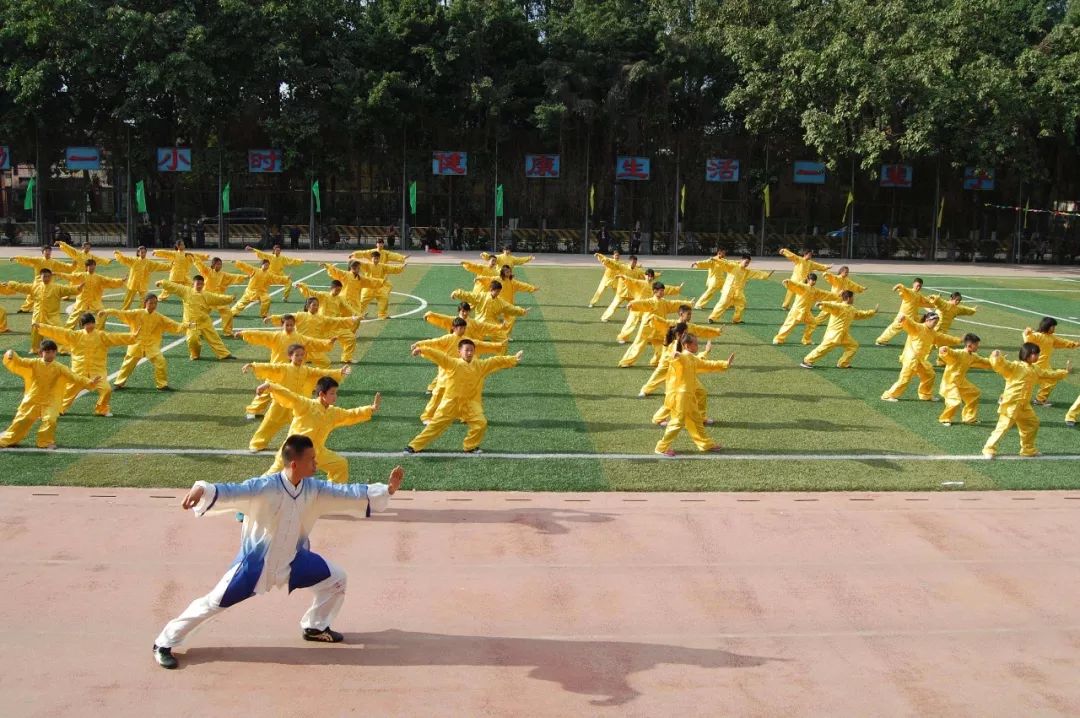
7. Regarding the flavor and intention of Tai Chi. The intention refers to the unique style of Tai Chi, characterized by relaxation, stability, slowness, and evenness, which best represents the style of Tai Chi. Relaxation includes lightness and softness. Stability includes distinguishing between the solid and the void, remaining calm, and not moving chaotically. Slowness is beneficial for silent contemplation, allowing the spirit to be inwardly focused, and is conducive to detailed use of imagination. Only when the movements are even can there be stillness; when the entire body is coordinated evenly, can complete strength be achieved. To practice Tai Chi with the essence of Tai Chi, one must ensure the body is relaxed, the solid and void are distinguished, the upper and lower are coordinated, the internal and external are harmonized, and the breathing is smooth.
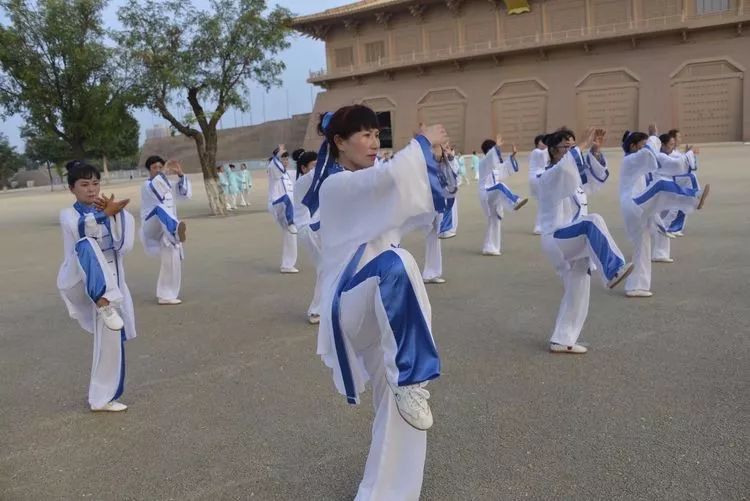
8. Relaxation in Tai Chi requires both softness and looseness in the limbs. Softness refers to the flexibility and high mobility of the limbs, especially the joints. Looseness refers to appropriately lengthening each joint in a natural and comfortable manner. We pursue a clever combination of softness and looseness. Relaxation runs through all stages of Tai Chi. Softness is the soul of Tai Chi, and practicing Tai Chi is a continuous effort to pursue a higher level of softness. The relaxation required in Tai Chi is achieved through the action of thought and consciousness, gradually reaching the maximum degree of softness with minimal effort, moving from lightness to relaxation.
1. When starting to practice, first relax the entire body, especially the arms, which should be as loose as if they were tied to the shoulders with a strong thread, without any tension. Wait for the body and mind to calm down before starting the movements. Relaxing the shoulders means imagining the shoulder joints loosening.
2. The softness of the feet is greatly related to whether one can open the groin and sink the energy. If practicing with larger steps, one must focus on sinking energy, with each posture having both rising and sinking, allowing the feet to achieve considerable softness. The feet should be trained to be like two highly elastic springs, able to move forward and backward freely and flexibly.
3. The key to relaxing the waist is to slightly retract the navel area (pulling back, not pressing down or lifting up) while the Mingmen (Life Gate) is relaxed and slightly pushed back (pulled). This action is habitually referred to as “pulling the waist,” but it is actually the key to relaxing the waist.
4. The hips are relatively difficult to relax, so one can practice relaxing the waist and hips. With the toes gripping the ground and the heels stable, the upper body remains naturally upright, and the waist and hips are completely relaxed. Using the hip joints as the axis, move back and forth in a figure-eight pattern, and then similarly circle the knee and ankle joints. One can also practice rotating the hips around the knees.
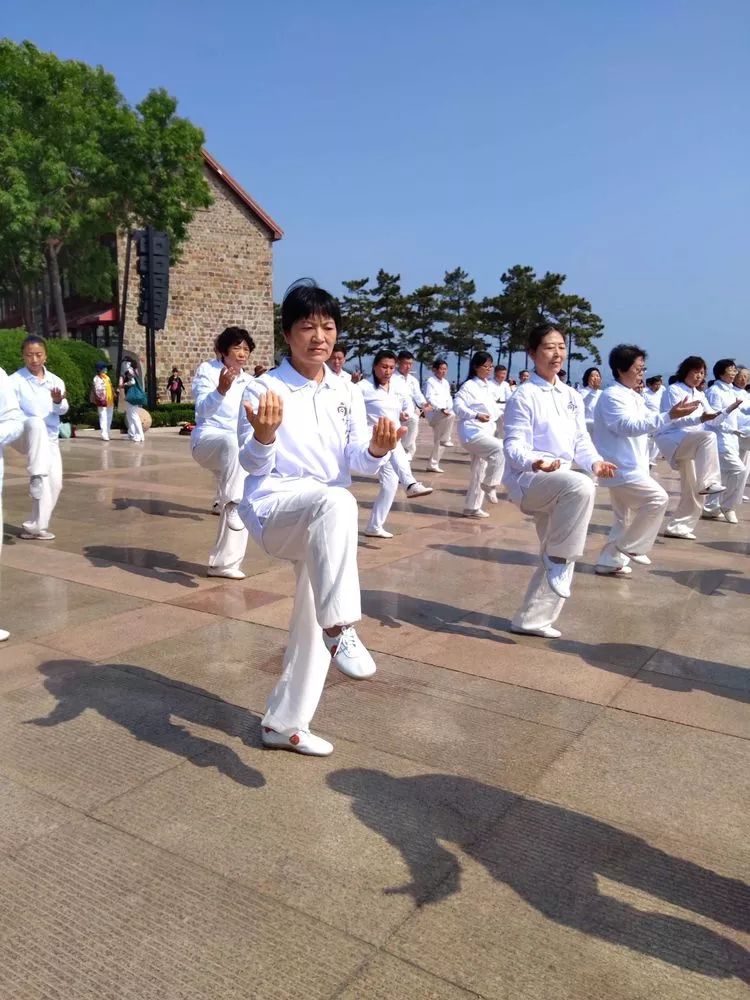
9. Once relaxation is achieved, the entire body will feel heavy (this is a natural heaviness, not from force), and the slight rotation of the body will feel like moving through water..
As the frame is practiced for a long time, the body becomes increasingly relaxed, leading to a feeling of heaviness in the limbs, and an increased sense of air resistance, which also enhances hearing. Internal strength is primarily sought through practicing the frame, allowing the shoulders to sink and the elbows to drop, aiming to experience the weight of the arms; sinking the energy to the Dantian (Elixir Field) and relaxing the waist to feel the weight of the upper body; moving like a cat, ensuring that the legs feel the pressure of the body’s weight during the transition between solid and void. The day one feels the load of the body’s weight in each part is the day one achieves internal strength in Tai Chi.
Practicing internal strength generally starts with the hands, allowing the hands to experience their own weight, and then gradually expanding this experience to other parts of the body. Internal energy is a subtle sense of the body. With a calm mind, the entire body relaxed, and practicing Tai Chi slowly using intention rather than force, over time, the hands will feel a swelling heat, transitioning from occasional occurrences to frequent sensations during practice.
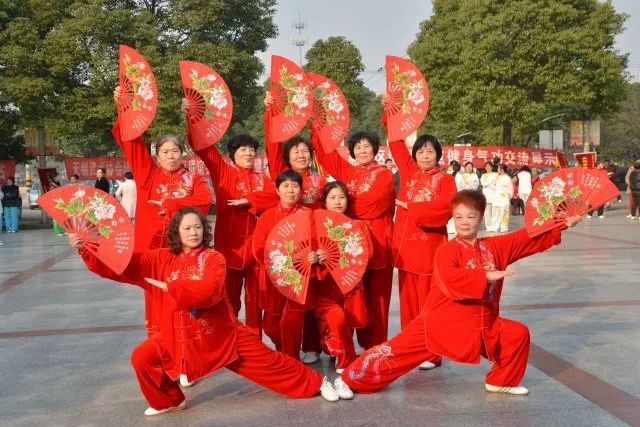
10. Further practice involves sinking the strength to the soles of the feet.The specific practice method: All movements of the hips, whether advancing, retreating, or placing sideways, must utilize the strength of the feet pressing against the ground and the reactive force of the feet tightly adhering to the ground to drive the movements. This way, the strength from the soles of the feet drives the hips, and the hips drive the movements of the entire body. The longer one practices, the more relaxed and agile the entire body becomes, with all strength emanating from the feet acting on the ground. At this stage, one has managed to sink the strength to the soles of the feet. The Tai Chi classics state, “Strength arises from the feet,” and “is governed by the waist,” which conveys this meaning. The waist refers not only to the Mingmen point but also to the hips.
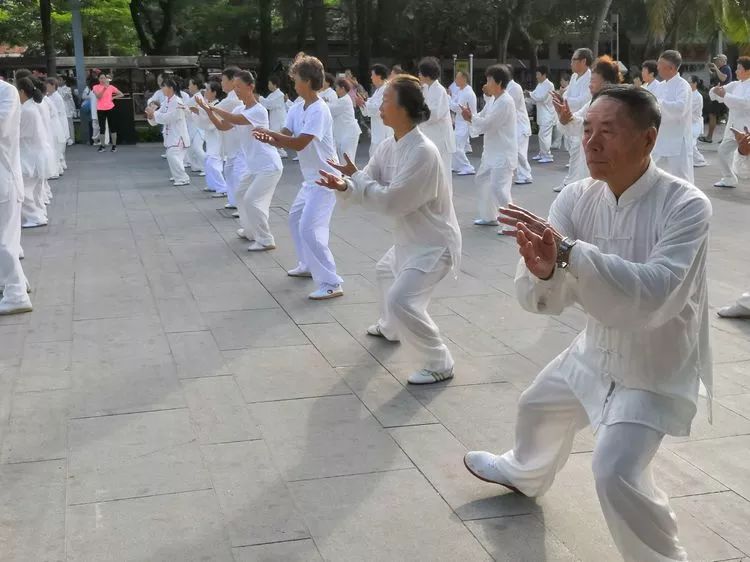
11. Further practice involves issuing strength. When the frame reaches a fixed posture, in a state that seems fixed yet not fixed, one must issue internal strength. This practice of issuing internal strength is the reason for the generation of internal strength in Tai Chi. How to practice issuing internal strength: Whenever in a fixed posture, such as during the squeezing or pressing postures, one must sink the shoulders and drop the elbows, maintain a sense of lifting the head, push the tailbone forward, and relax the Mingmen (Life Gate) while pulling back. The palms should be slowly pushed forward, and the upper body should slightly lean back. The joints and ligaments should be relaxed, forming the bow of the hands, legs, and body, creating a posture of five bows. The gaze should be directed forward, as if releasing strength to the horizon; “the further the intention, the longer the strength.” This should be done in every fixed posture during practice. At this time, the hands do not feel the exertion of strength. However, if there is someone blocking in front, that person will feel a significant force; this is issuing hidden strength, not visible strength. Using intention as guidance, each movement should arise from the strength of the heels (reactive force), directing the internal strength through the waist to the spine, shoulders, elbows, wrists, and fingers. Over time, one will feel a tingling sensation at the target, and the hands (Lao Gong point) will feel a pulsing sensation.
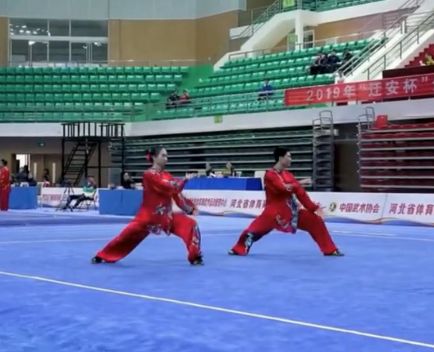
In conclusion, completing a set of Tai Chi only indicates that one can practice independently; it does not mean one has mastered it, as Tai Chi emphasizes not only form but also content, which is abundant. Only with content can one have the flavor of Tai Chi, and at this point, one can be considered to have a basic understanding. Continuous pursuit is necessary to deepen the flavor of Tai Chi. If the flavor is still not right, it remains an empty frame, and practicing it will not yield significant progress. Consistent practice daily, regardless of the season, will certainly lead to health, although the degree of effectiveness may vary. After consistent practice, the circulation of Qi and blood in the body will normalize, resulting in a sense of relaxation and comfort, leading to better health.
The basic skills of Tai Chi consist of 19 movements and 21 lessons, scan the QR code to enter
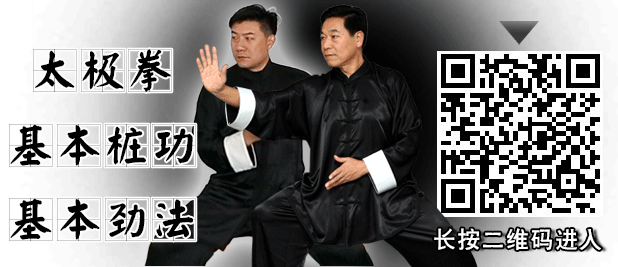
Essential readings for Tai Chi:
“Illustrated Tai Chi”
For nearly a century, this book has been widely circulated in China and has gained popularity overseas, becoming a treasure in the martial arts community. Translations can be found in Southeast Asia, Japan, Europe, and America, making it an immortal masterpiece and a classic of Tai Chi. The original version, authored by Chen Xin, was published by the Kaifeng Enlightenment Bookstore in 1933, attracting widespread and sustained attention in the martial arts world. The high-definition reprint of the original version of “Illustrated Tai Chi” has now been released! Four volumes combined into one, equivalent to the content of four ordinary books.
 Long press the QR code below to enter
Long press the QR code below to enter
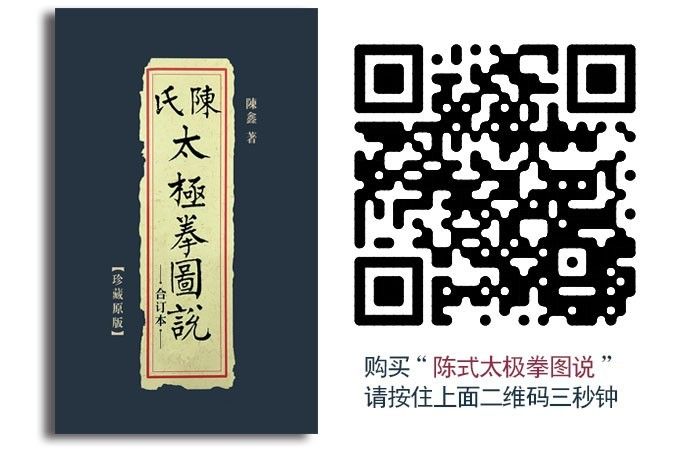
“The Essence and Application of Tai Chi”
This is an immortal classic in the history of Tai Chi publications, recognized as a classic literature of Tai Chi.
“The Complete Book of Tai Chi” has transformed from an esoteric study to a prominent one since Yang Luchan spread it to Beijing. Through the efforts of three generations of the Yang family, by the 1920s and 1930s, the influence of Yang-style Tai Chi in society was at its peak. In February 1934, the Shanghai Dadong Bookstore publicly published Yang Chengfu’s work “The Complete Book of Tai Chi”.
To enhance readers’ understanding of the essence and application, we found the 1937 edition of “The Complete Book of Tai Chi” overseas, and after ten years, we collected the complete set of Yang Chengfu’s youth frame and compared it with the old Yang Chengfu’s frame, hoping that readers can quickly grasp the essentials of Tai Chi through high-definition scanned copies.
 Long press the QR code below to enter
Long press the QR code below to enter
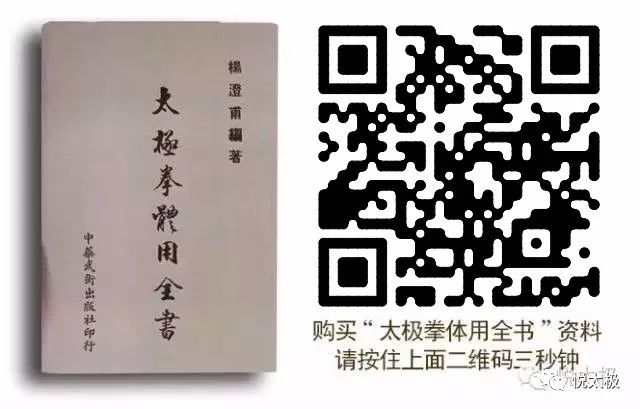
1919 original version by Sun Lutang “Tai Chi Study” high-definition reprint for Tai Chi enthusiasts to appreciate the essence of the martial arts of the Tai Chi masters. Known in the martial arts community as the number one hand in the world. Sun Lutang’s martial arts have reached a realm of extraordinary skill, merging with the Dao, and continuously elevating, thus his combat skills are unparalleled, leading people to regard him as a deity. Sun Lutang had exchanges with almost all martial arts masters of his time, never losing, and was unmatched.
 Long press the QR code below to enter
Long press the QR code below to enter
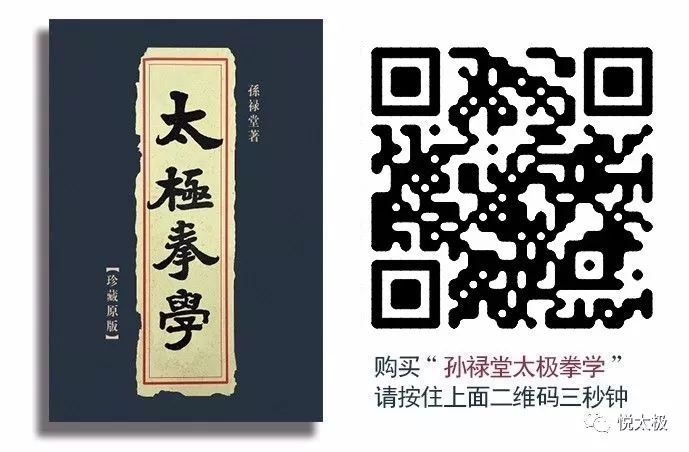
To present “Wu Jianquan’s Tai Chi” in the best possible way, we have disassembled a precious original book from a century ago… At this moment, our editors are still in tears… High-definition scans have been restored to the original large format size of this rare material.
 Long press the QR code below to enter
Long press the QR code below to enter
